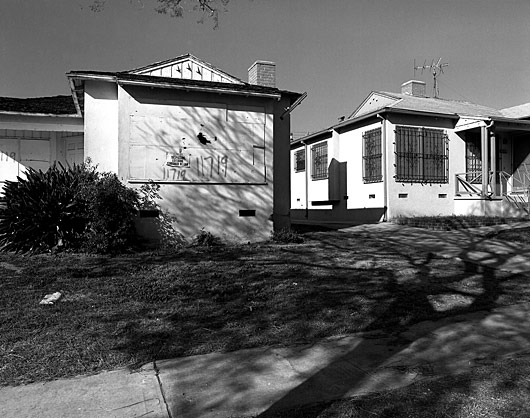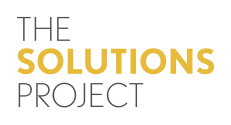As part of our on-going work in the South LA community, SCOPE has been connecting with members and partner organizations to highlighting the importance of being energy efficient. This is a citywide effort to educate and spotlight the work communities are doing to fight larger issues like climate change, while building resiliency and sustainability locally.
For more than 25 years, the Gang Alternatives Program (GAP) has worked in communities to eliminate a base of gang membership by providing a space and an opportunity for a generation of young people say no to drugs and yes to a positive and healthy lifestyle. Recognizing that it is important to take a holistic approach in their programming and gang prevention work, GAP has incorporated water and energy conservation education into the curriculum used for their workshops and programs. Since 2011, GAP collaborates with the Los Angeles Department of Water and Power to educate community members on best practices for conserving water and energy and to provide preventative education in the home.
Primarily working in low-income neighborhoods, GAP conducts prevention work in communities like Watts, Wilmington, Lennox, Lomita, El Sereno, San Pedro, Harbor City, and Boyle Heights. Their collaboration with LADWP allows GAP to deliver energy and water conservation curriculum to those participating in their programs, which include My Gangfree Life, STEP UP! After School, Educational Outreach Program (EOP), Parent Project Program and Teen Program, and other public community events. Energy and Water Conservation education is conveyed to program participants in a variety of ways, such as in-class and large group lesson presentations, pamphlets, LADWP informational handouts, and pre and post surveys for adults and youth.
Working with kids in the 2nd, 4th, and 6th grade with their ‘My Gangfree Life’ curriculum, ‘Gangfree’ advisors work with students in the classroom and discuss issues such as peer pressure, graffiti, and the effects of gang membership. The lessons examine consequences gang involvement can have not just on the students themselves, but on their families as well. Throughout the six to eight-week program, students are introduced to positive alternatives and techniques that help them achieve healthy lifestyle goals.
“Students are taught to get into the habit of turning off lights when no one is in the room, shutting off water when brushing their teeth, and being mindful of other energy and water wasting habits in their lives,” explained Jessica Martinez, Associate Director of the Gang Alternatives Program. These basic steps in the curriculum, which are reinforced in the pamphlets, allow the students to take an interactive role to reinforce the lessons learned in the classroom at home.
This partnership has created a unique opportunity to reach hundreds of students and families to help improve their overall quality of life and learn about climate change, and water and energy conservation through preventative measures.
GAP understands that there is no one single answer in their gang prevention work because it is an ongoing process. A process they are able to continue through partnerships like the one they have with LADWP.














